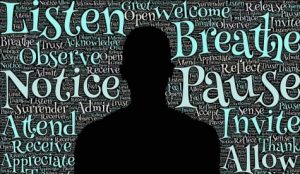
Powerful Leadership Communication Cues
In this series of posts on leadership communications, I’ve been sharing the seven power cues from author Nick Morgan in Power Cues: The Subtle Science

In this series of posts on leadership communications, I’ve been sharing the seven power cues from author Nick Morgan in Power Cues: The Subtle Science

I’ve been reading and sharing about how leadership communication can create more powerful impact with people. In my last post, I shared the first two
[vc_row][vc_column width=”2/3″ el_position=”first”][mk_fancy_title size=”24″ font_weight=”normal” margin_top=”10″ margin_bottom=”15″ font_family=”none” width=”1/1″ el_position=”first last”]Articles – Current & Archived[/mk_fancy_title][mk_divider style=”thin_solid” margin_top=”0″ margin_bottom=”15″][vc_tabs][vc_tab title=”2018″ tab_id=”1517782036300-9-9″][vc_row_inner][vc_column_inner width=”1/6″][mk_font_icons icon=”moon-file-pdf” color=”#dd3333″ size=”large” link=”https://proffittmanagement.com/newsletters/2016-newsletters/1Jan2016Profifitt_BriefHistoryOrganizations_1.pdf” target=”_blank”

“Every person I talked to said, ‘Oh, when you spoke to Fred, you felt like you were the only person in the world that mattered

If you want success at work, you’ll need to focus on playing to your strengths at work. But how do you know what they are?

Some leaders are naturally great communicators and seem to intuitively know how to inspire followers. Others, well, at least in my work coaching individuals, study

An organization’s health is only as sound as its leader’s decisions. Some companies prosper from wise leadership directions, while others struggle after flawed choices—choices that

How a leader responds to adversity reveals how effective that leader truly is. Reactions to setbacks or crises not only test leadership character but define

Business is an active, demanding endeavor. Only those who consistently apply themselves succeed. Organizations that thrive require leaders who actively dream, plan, engage, solve, pursue,

Surveys and studies indicate global job dissatisfaction is at a two-decade high. Disengaged employees account for nearly 70 percent of the workforce, which significantly affects







